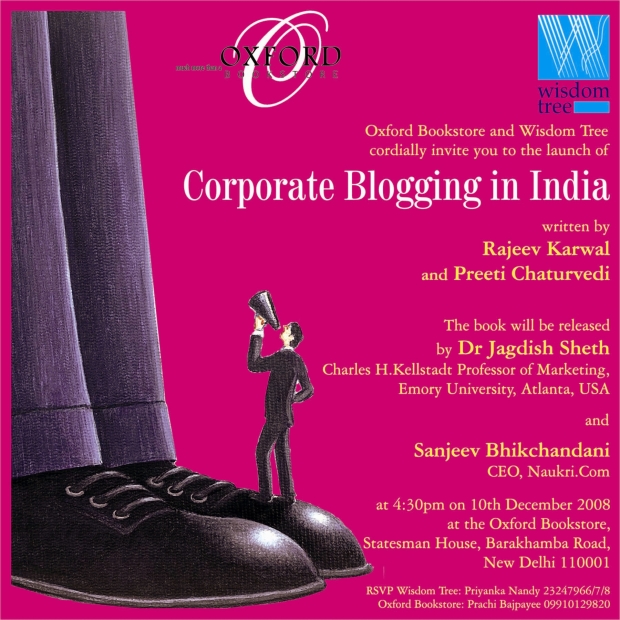According to a recent report by Brand Finance, the recent economic recession has wiped $67 billion off the brand value of Top 100 Global brands. As organizations struggle to maximize ROI on their advertising budgets, this could well be the year when we witness digital and new media coming into the mainstream of the marketing and advertising strategy of corporations.
In most cases, online media is far more measurable in so far as user behavior and sales can be traced back to the original act of click throughs. Having said that, one is skeptical about the blind enthusiasm that some internet advertising enthusiasts- (Read SEM firms)- have been displaying at the cost of more traditional forms of media. One of the dangers of such evangelism is that it misses out on certain nuances of internet and digital media per se.
To begin with, internet aka banner advertising and pay per performance models are designed more from a sales orientation. But there is more to digital media than sales. One of the biggest benefits that it offers is in the form of engagement and thereby long term brand building. This engagement with the target audience can be through blogging, photo sharing, and Audio-video viral campaigns, to name a few. While the immediate objective need not necessarily be increased topline growth, social media can help organizations create strategic brand advantage.
One of the other challenges that marketers are likely to face in such times is the sales promotion doom loop. Social media engagement can help marketers get out of this reductive spiral by helping create brand equity through sharper positioning and targeting of customers. One can identify buyer behavior and activity on social networks, target niche bloggers and forums and initiate a more meaningful dialogue with the customers. According to a recent research by Forrester, evolved marketers are likely to use social media to motivate consideration through discussion boards. The research has also come up with findings which reveal that niche communities like Proctor & Gamble’s BeingGirl.com result in far greater ROI than similarly priced campaigns in mainstream media. In our own backyard, we have already witnessed the success of initiatives like Sunsilk’s GangofGirls community and the more recent gaming application of Marico on Orkut.
Similarly, blogging can be leveraged to create brand equity through thematic thought leadership blogs, of which Infosys’ blogs happen to be the best example from India. Other interesting ways in which Indian companies are using this media for stakeholder engagement is blogs that showcase organizational culture and its management ethos. From FritoLays and Tata Interactive Systems to Mahindra and Wipro, Indian corporates are getting onto the blogwagon. The who’s who of India Inc., like Rajeev Karwal, Vineet Nayyar, Sanjeev Bikhchandani and Ajit Balakrishnan have started leveraging the medium of blogs to establish strong personal brands which thereby consolidate the market position of their own organizations and stand them in good stead in turbulent times.
The year ahead will be interesting to watch out for. In their research, “India Online 2008”, JuxtConsult shows that 81% of the Indian internet users interact using one or more of the social media platforms. Another interesting trend that it reported was that 80% of these regular internet users also shop online! Based on industry surveys and sentiment, looks like “innovation” will rule the roost with most companies going after highly targeted audience for most of their marketing campaigns- what with the more sophisticated marketers endorsing engagement too!





